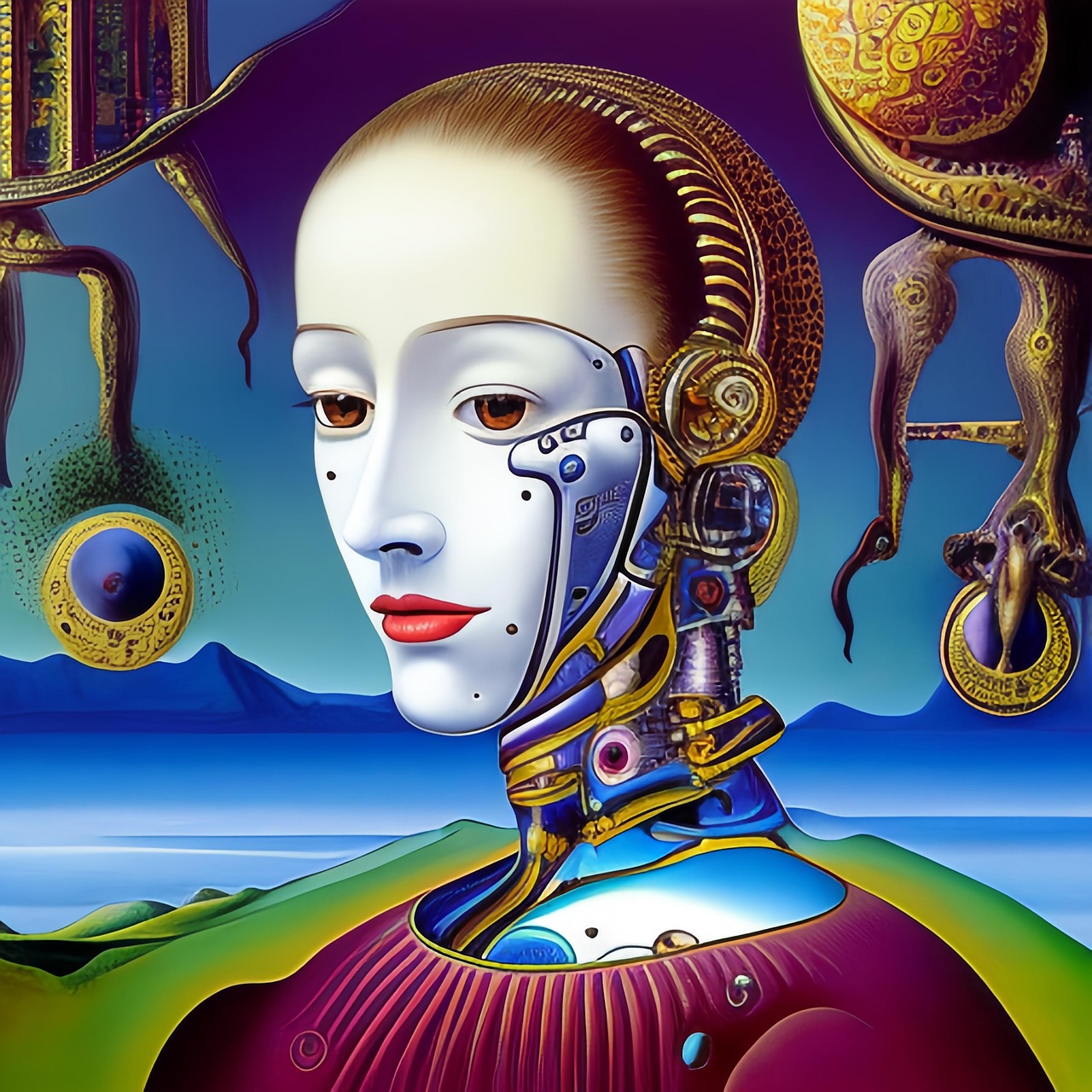In the digital age, creators face an ongoing battle to protect their intellectual property, monetize their work, and establish ownership. From music piracy to unauthorized image usage, creative professionals have long struggled with copyright issues.
Enter blockchain technology—a decentralized system that is reshaping the creative economy. With the rise of NFTs (non-fungible tokens), smart contracts, and decentralized content platforms, blockchain offers new ways for artists, writers, musicians, and designers to control, protect, and profit from their work.
But how exactly does blockchain help digital creatives? Let’s explore the game-changing impact of this technology.
1️⃣ NFTs & Digital Ownership: Redefining Art & Creativity
What Are NFTs?
Non-fungible tokens (NFTs) are unique digital assets stored on a blockchain, proving ownership and authenticity of digital art, music, videos, and even virtual real estate. Unlike traditional files that can be endlessly copied, NFTs provide a verifiable proof of originality.
🔹 How NFTs Empower Creators:
✅ Verifiable Ownership – Artists can create NFTs that prove they own the original piece.
✅ Royalties on Resales – Smart contracts allow artists to earn lifetime royalties each time their work is resold.
✅ Direct Monetization – Creators can sell directly to buyers without intermediaries.
🎨 Examples of NFT Success Stories:
- Beeple’s Digital Artwork ($69M Sale) – The artist Mike Winkelmann, aka Beeple, sold his digital collage “Everydays: The First 5000 Days” as an NFT.
- Kings of Leon Album Release – The band released their album as an NFT, offering exclusive perks to buyers.
🚀 The Takeaway: NFTs give digital artists power over their creations, preventing piracy while offering a new revenue model.
2️⃣ Smart Contracts: Automating Copyright & Payments
What are Smart Contracts?
Smart contracts are self-executing agreements stored on the blockchain. They automatically enforce terms without needing a middleman.
💡 How Smart Contracts Help Creators:
✅ Automated Royalty Payments – Artists receive a percentage of future sales whenever their work is resold.
✅ Transparent Licensing – Smart contracts clearly define who owns the rights to digital content.
✅ Instant Payments – No delays in earnings—transactions are processed in real-time.
🎶 Example: Music Industry & Smart Contracts
Platforms like Audius and Royal allow musicians to tokenize their songs. Each time a track is played, blockchain-based smart contracts ensure artists instantly receive royalties without record labels taking a huge cut.
🚀 The Takeaway: Smart contracts remove middlemen, ensuring fair compensation for creators.
3️⃣ Decentralized Creativity: New Platforms for Digital Artists
Traditional content platforms like YouTube, Spotify, and Instagram are controlled by centralized entities that dictate who gets paid and how much.
Blockchain-based platforms offer an alternative:
🌍 Decentralized Creative Marketplaces
🔹 Zora & Foundation – NFT marketplaces for artists to sell directly to buyers.
🔹 Audius – A blockchain-powered music streaming service that rewards artists.
🔹 Mirror.xyz – A decentralized blogging platform where writers get paid directly for content.
📌 Key Benefits of Decentralized Platforms:
✅ Full Control Over Content – Creators own their work, not corporations.
✅ No Censorship – Content is governed by the community, not big tech companies.
✅ Direct Monetization – No platform fees or unfair revenue splits.
🚀 The Takeaway: Blockchain shifts control from corporations back to creators.
4️⃣ Blockchain & Copyright Protection: Preventing Digital Theft
Copyright infringement is a major problem in digital media. With blockchain, creatives can:
✔ Timestamp Creations – Register original works on the blockchain to prove ownership.
✔ Create Digital Watermarks – Embed cryptographic signatures into files.
✔ Track Usage – Blockchain can monitor when, where, and how content is used.
🖼 Example: Verisart
This blockchain-based certification service allows artists to register copyrights instantly, protecting their work from theft.
🚀 The Takeaway: Blockchain ensures proof of ownership, making it harder for people to steal or misuse digital content.
5️⃣ Challenges & The Road Ahead
While blockchain offers major advantages, there are still challenges:
❌ Environmental Impact – Many blockchain networks consume large amounts of energy.
❌ Scalability Issues – High transaction costs (gas fees) can limit access.
❌ Legal Uncertainty – Intellectual property laws are still catching up with blockchain innovation.
However, new solutions like eco-friendly blockchains (e.g., Solana, Tezos) and layer 2 scaling technologies are addressing these issues.
What Is The Future of Blockchain in Creativity
Blockchain is not just a buzzword—it’s a game-changer for the creative economy. Whether through NFTs, smart contracts, or decentralized platforms, this technology is helping creators:
🎨 Secure Digital Ownership
🎶 Monetize Their Work Fairly
🔒 Protect Intellectual Property
The creative industries are on the brink of transformation, and blockchain is leading the way. The real winners will be those who embrace innovation and use these tools to their advantage.






